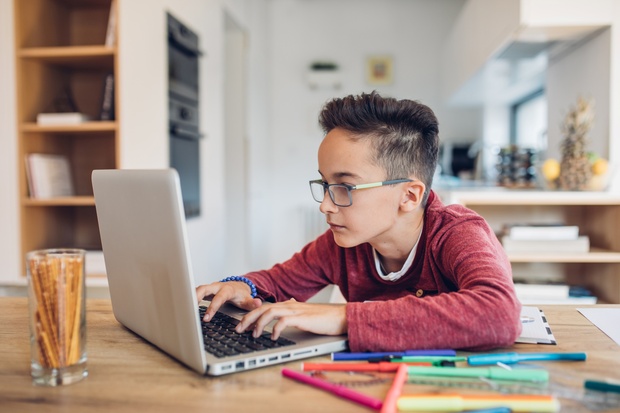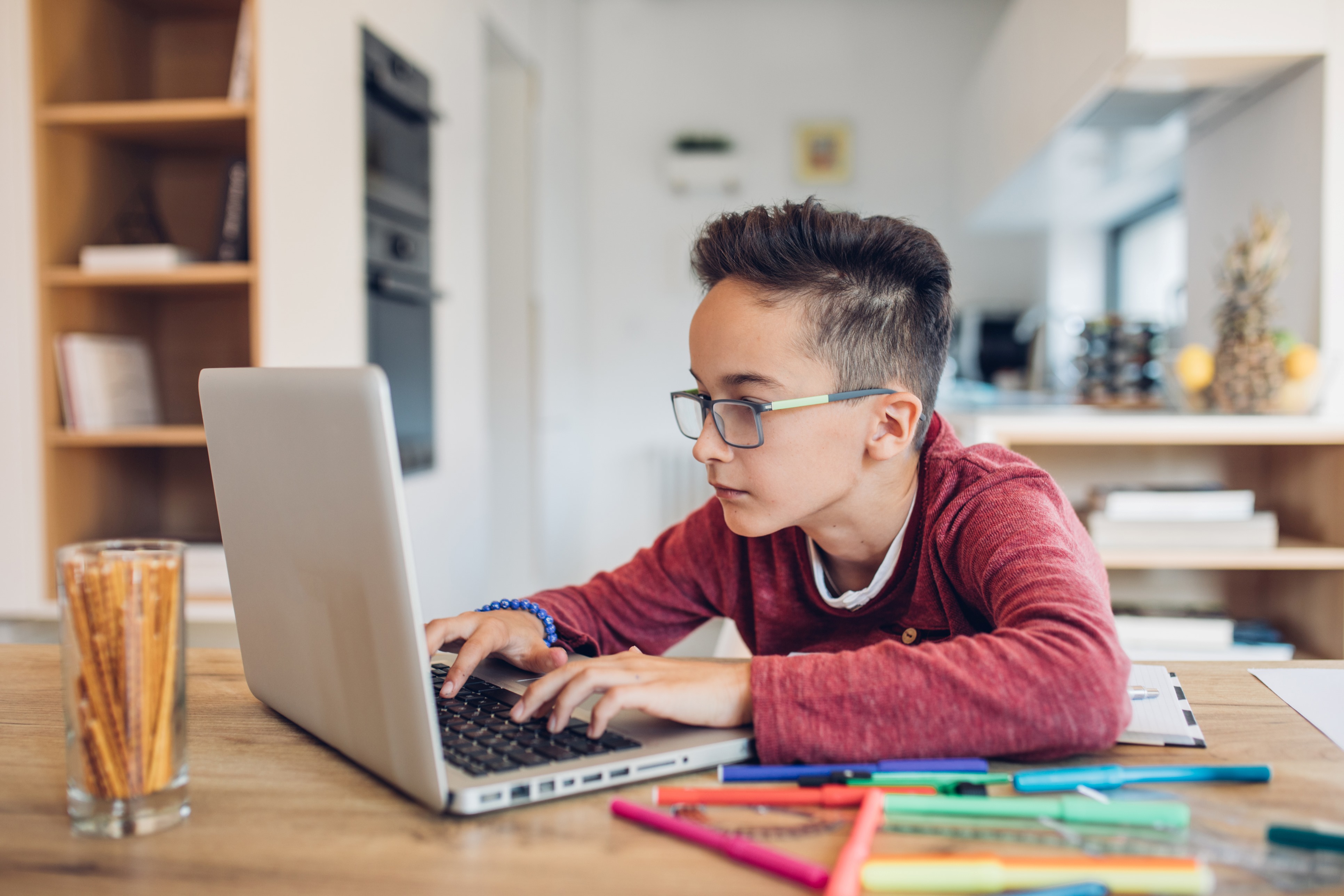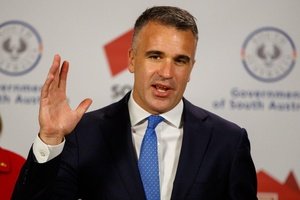It’s one of several startling stats from recent research that have led to the creation of new online safety resources developed by not-for-profit disability service provider Scope and the eSafety Commissioner’s Office, which are designed to not only support young people with disability but also to empower parents, guardians, and carers to have meaningful conversations about online safety.
Scope CEO, Kate MacRae, says the ability to access digital platforms is very important for young people with disability.
“Along with being important from an accessibility perspective, the internet can open opportunities to participate in communities and forge connections in ways that may not be easily accessible to them in the physical world,” she says.
“However, people living with disability are disproportionality at risk of online abuse, exposure to inappropriate content and scams.
“It’s crucial that we support young people with disability to access the online world safely. This also means empowering their parents and carers, many of whom lack the confidence to address these challenges effectively.”
Developed over 18 months, the resources, titled Be Safe Online, were created with direct input from young people with disabilities, their families, carers, educators, and subject matter experts, ensuring they are specifically tailored to meet the needs of this vulnerable group.
The aim of the project has been to develop resources to support accessible conversations about online safety with children and young people with communication disability, cognitive impairment and low literacy levels.
“SCOPE has been developing easy read, easy English, plain language for many, many years, but we didn’t know too much about all of the information that was out there around being safe online,” Katie Lyon, Grants & Service Innovation Manager at Scope tells EducationHQ.
“So we needed to collaborate with a number of people, including the Association for Children with a Disability, the E-Safety Commissioner, and also Sexual Health Victoria, who really helped us to identify and prioritise what information needed to be translated.”
Research published in December last year – titled A new playground: the Digitalise of Young People with Disability – revealed a number of concerning statistics, including:
- Seven in 10 young people with disability said they find it easier to be themselves online than when they are with people face-to-face, compared with the national average of six in 10.
- Sixteen per cent of young people with disability were subjected to regular online abuse (weekly or more often), compared with 9 per cent of Australian children overall.
- Just over three-quarters of teens with disability had seen sexual images online, compared with the national average of 71 per cent, and 56 per cent had received a sexual message, compared with the national average of 47 per cent.
So why is this the case?
“Sometimes navigating the physical world, particularly if you have a physical disability, can be challenging, and I think that’s where being online can provide that instant, easy access to employment, to education, to social connection…” Lyon explains.
“So, many people who have a disability rely on being online because of the convenience, but then, of course, they’re more exposed to potential threats or harm because they’re online more often.”
Focus groups facilitated by Scope revealed that while there is widespread awareness of the risks associated with being online, many parents, carers, and educators lack the confidence and tools to effectively discuss safe practices with young people.
The Be Safe Online resources includes a suite of Easy English resources designed for people with communication disabilities and low literacy to access, with the support of a communication partner if needed, covering topics such as staying safe from scams, providing online consent and maintaining a healthy online/offline balance.
There’s also a communication book and key word sign resource designed to facilitate effective conversations about online safety and make reporting to the eSafety Commissioner more accessible, as well as an eLearning module to support educators and trainers to provide more accessible content to their audiences.
“The Easy English suite of 12 documents (which are free to download) cover topics such as: What is online bullying? Who’s your friend online? How to be an upstander, What personal information can I share online?” Lyon says.
“They’re designed to be read with a support person, a trusted adult, whether that be maybe a parent or an educator, that they will talk to about these potential harms online.
"The resources are aimed to really not only protect someone when something happens, but also to prevent some of these things appearing by learning more about how to be safe online.”
The communication tools include a ‘reporting to eSafety Communication book’ which has a number of pages with online safety vocabulary and pictures, so that if a young person has limited speech, they can point to the images in that book to communicate a message.
“That’s important because if I might have my own communication system, I might use an electronic communication device, for example, in place of my speech, but some of these terminology and vocabulary can be really specific to when something happens online and I may not have access to that vocabulary on a daily basis,” Lyon says.
“It may just be when something happens that I need to have access to that vocabulary.”
The keyword sign tool supports conversations for people who benefit from the communication strategy that borrows signing from Auslan, but is done in a more simplified way geared towards people with communication disability.
The eLearning modules are specifically designed for educators and is aimed at helping them into the future to adapt their content for people who need them in different formats.
SCOPE wanted it to be ongoing and sustainable, Lyon says, because the organisation knows that content in this space is changing all the time, and there are new terms coming out, new platforms and so on.
“We didn’t want just to create resources that were for a moment in time. And that’s part of our thinking behind the e-learning is to help educators into the future to adapt their content for people who need them in different formats.”
Lyon says it’s important for parents, guardians and carers to be open to learning more about the types of content their children are engaging with.
“I know it can be daunting, but having a shared understanding of what the platforms actually do and the content they’re interacting with, and having open and early and honest conversations with support of these resources, to find out more, can really help.”
- The Be Safe Online 12 Easy English Documents resources can be accessed here.
- A Reporting to eSafety Communication Tool is available for purchase here.
- A Key Word Sign Supports Tool is available for purchase here.
- A set of eLearning modules is available for purchase here.














